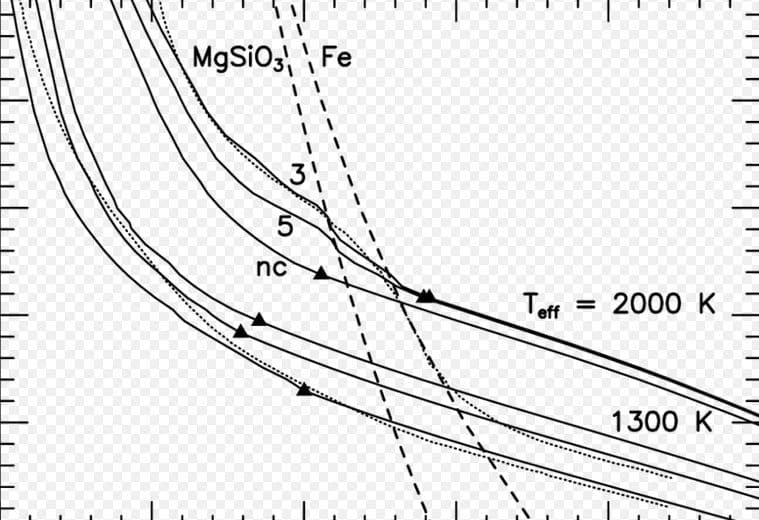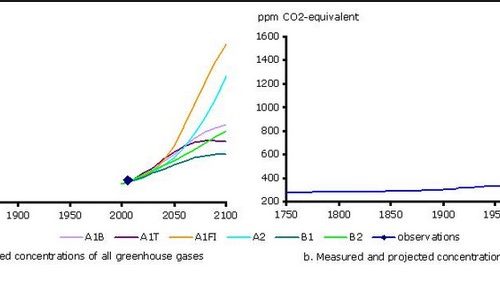
Radiative-convective models (RCMs) are 1-D or 2-D, with height the dimension that is invariably present. RCMs simulate in detail the transfer of energy through the depth of the atmosphere, including:
a) the radiative transformations that occur as energy is absorbed, emitted and scattered, and;
b) the role of convection, energy transfer via vertical atmospheric motion, in maintaining stability.
2-D RCMs also simulate horizontally-averaged energy transfers.
RCMs contain detailed information about the radiation streams or energy cascades (see section 1.2.4) – the fluxes of terrestrial and solar radiation – that occur throughout the depth of the atmosphere. By considering parameters such as surface albedo, cloud amount and atmospheric turbidity, the heating rates of a number of atmospheric layers are calculated, based on the imbalance between the net radiation at the top and bottom of each layer. If the calculated vertical temperature profile (lapse rate) exceeds some stability criterion (critical lapse rate), convection is assumed to take place (i.e. the vertical mixing of air) until the stability criterion is no longer breached. This process is called the convective adjustment. (A fuller explanation of convective processes and lapse rates in the atmosphere is given in Barry & Chorley, 1992)
As with EBMs, time-dependent calculations (energy storage and fluxes into the deep ocean) may be made, depending on the nature of the analysis. RCMs are most useful in studying forcing perturbations which have their origin within the atmosphere, such as the effects of volcanic pollution.




Leave a Reply